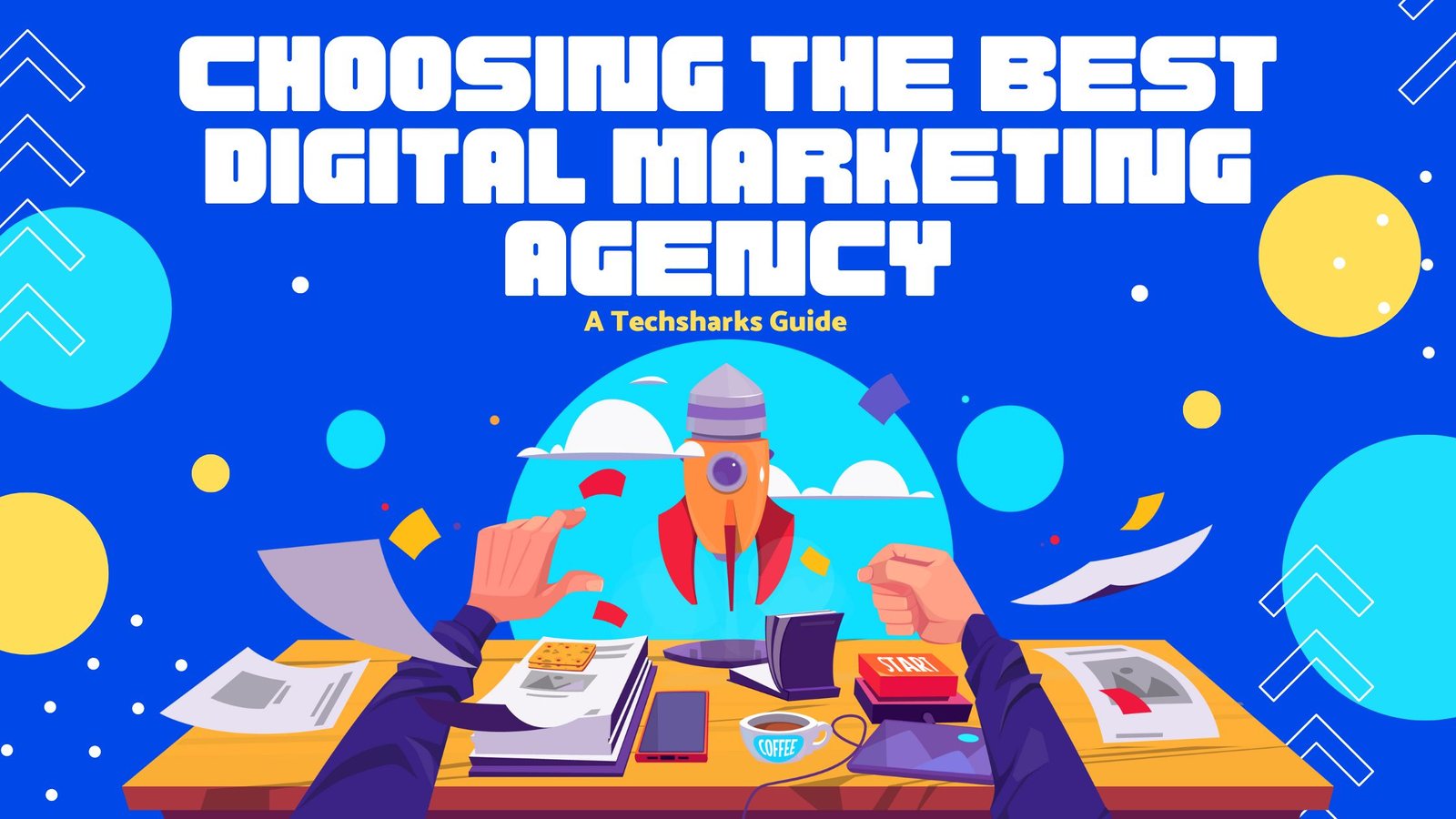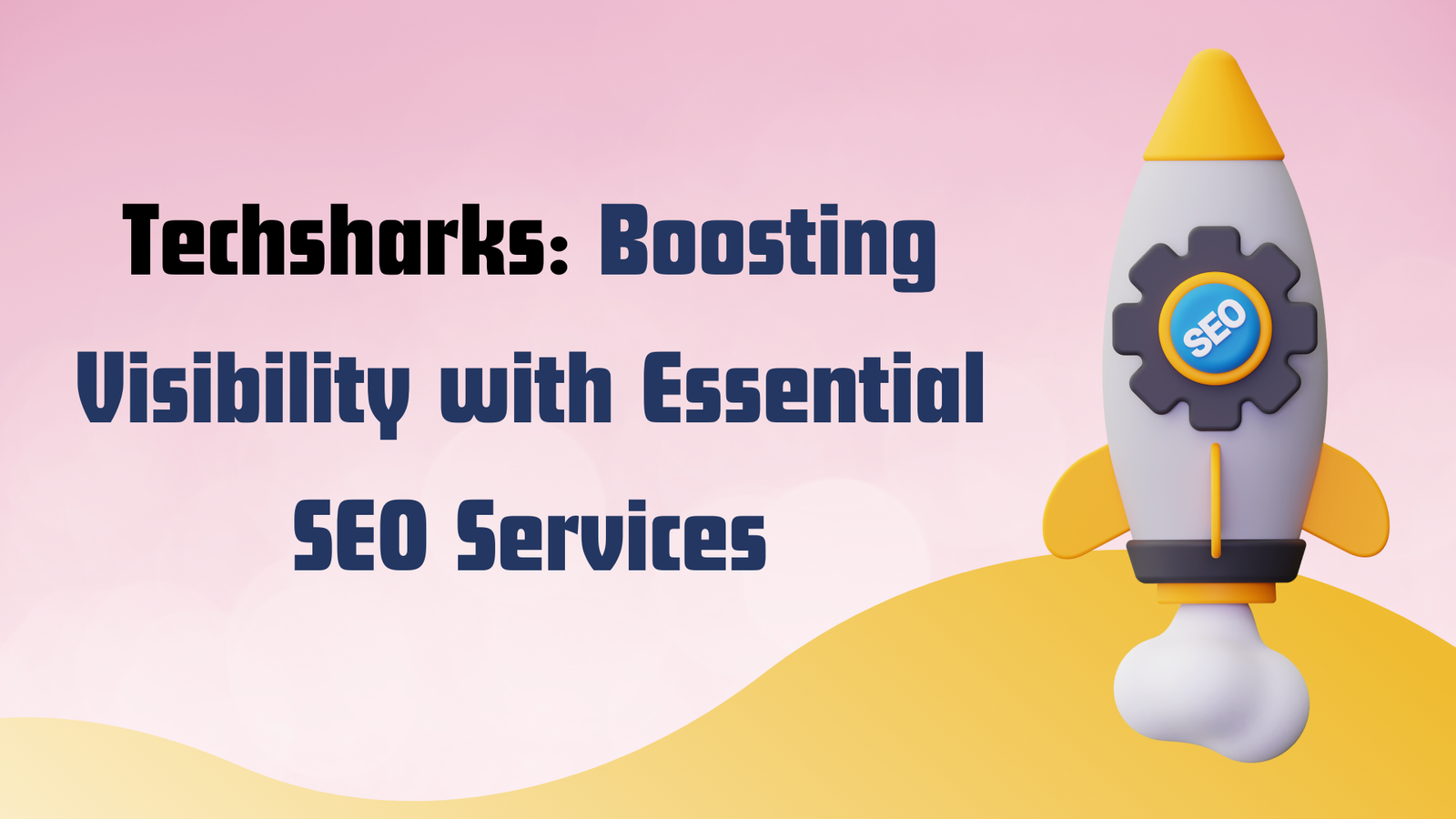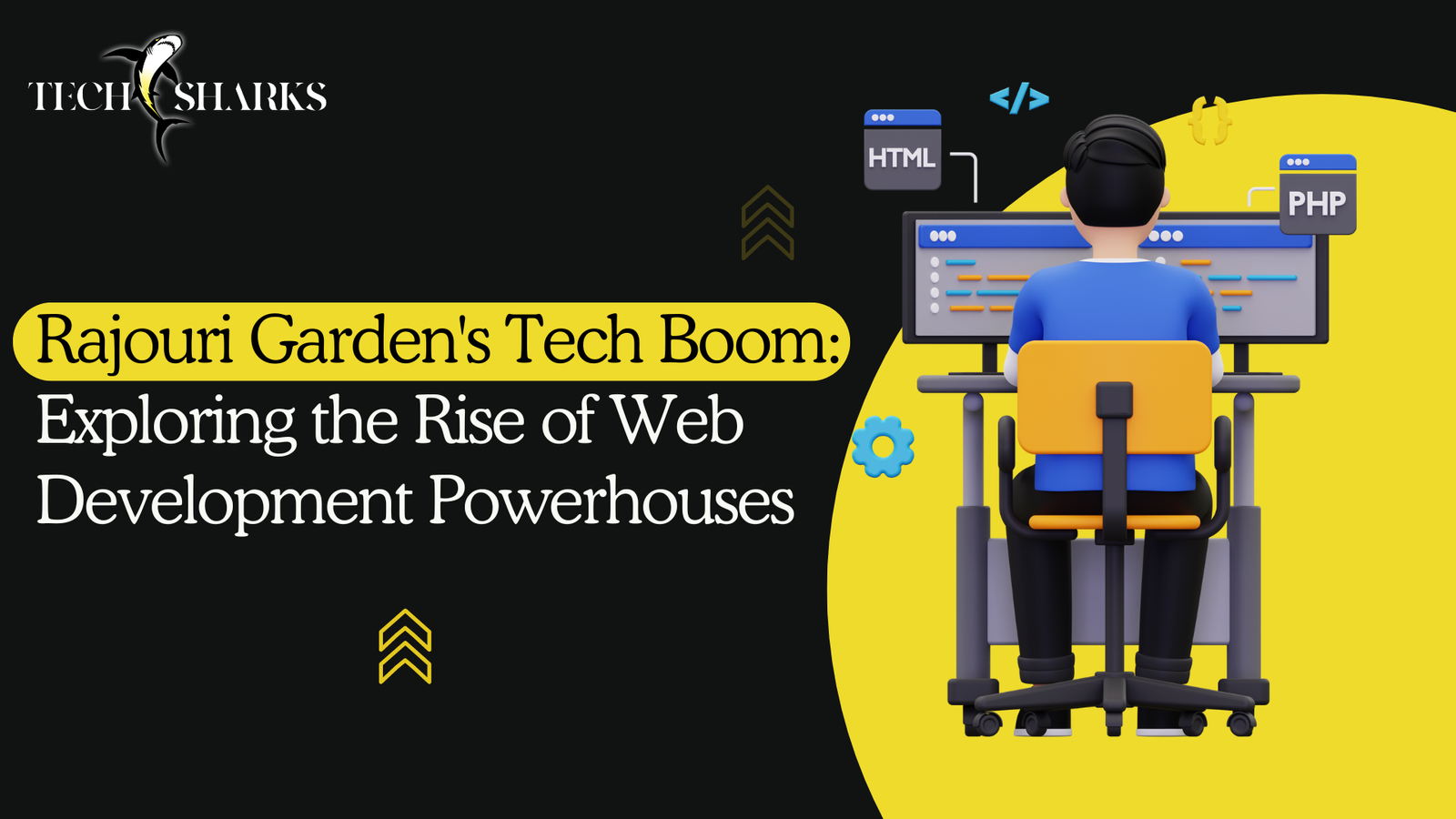The use of cloud computing in software development has altered how developers operate in today’s fast-paced digital world. Project IDX is at the vanguard of this digital change, bringing forth a cutting-edge Web-Based Workspace destined to reshape the Coding landscape in conjunction with inventive web development powerhouse Techsharks.
About Project IDX
Project IDX is a software development project that assists real estate professionals in managing and displaying property listings on their websites. It’s similar to a service that helps realtors sell their houses and purchasers discover homes online. It contains features such as property search, property data and photographs, and tailored suggestions. The idea is to make the home-buying and selling process easier and more efficient for all parties involved.
Traditional software development frequently involves large local setups, complicated version management, and expensive hardware. Project IDX saw the need for change and envisioned online coding platforms capable of breaking through these boundaries. Their work with Techsharks, a web development firm known for its inventiveness and ability, has significantly moved toward cloud-native application development.
Bringing Coding To The Cloud
Carrying Coding to the Cloud resembles taking your #1 computer game from your old, slow PC and playing it on a super-controlled gaming console. It makes Coding quicker, more effective, and available from any place. Rather than being attached to a solitary PC, you can chip away at your code from any gadget with a web association.
Envision you’re dealing with a gathering project; however, rather than sharing records this way and that, everybody can team up on similar reports continuously, similar to research Docs. That is the thing Coding in Cloud-Based Development offers – consistent, coordinated effort.
Additionally, you don’t have to stress over losing your work since it’s undeniably saved safely in the Cloud. It resembles having a programmed reinforcement for your code. Furthermore, when you want additional registering power for complex errands, the Cloud gives it immediately, such as having a supercomputer on reserve.
More or less, Carrying Coding to the Cloud is a unique advantage for designers. It makes web-based Coding environments simpler, more proficient, and adaptable, like overhauling from an old PC to a high-velocity gaming console.
Traditional Software Development V/S Project IDX
The following are the five primary distinctions between traditional software development and Project IDX’s Web-Based Workspace:
1 Development Environment
Traditional software development relies on developers working on their computers, which may have varying settings and software installations. This might cause compatibility problems since code may work on one developer’s PC but not another. Project IDX, on the other hand, offers cloud computing in development that can be accessed from any location with an internet connection. This implies that all developers work in the same environment, reducing compatibility issues and ensuring consistency.
2 Collaboration
Developers working separately or in isolated environments are typical in traditional development. Collaboration can be complex since exchanging code, data, and updates may require laborious efforts, resulting in version control concerns. Project IDX promotes real-time collaboration by allowing team members to collaborate efficiently. Multiple developers may access and modify the same code simultaneously, improving collaboration and reducing version disputes.
3 Scalability
Traditional development may necessitate considerable hardware upgrades or adjustments to support project scalability. This may be time-consuming and expensive. In contrast, the cloud-based methodology of Project IDX allows for easy scaling. Developers can assign more resources as needed without requiring significant infrastructure changes. This adaptability means that the development environment may expand to meet the project’s needs, saving time and resources.
4 Maintenance
Traditional software frequently needs manual upgrades, patches, and maintenance. Developers must monitor and implement these changes, which can interrupt workflow and cause downtime. Project IDX automates a large portion of the maintenance procedure. Likewise, automatic updates and fixes are deployed, avoiding the need for manual involvement. In addition, this reduces interruptions, ensuring that the environment is always up to date with the newest tools and technologies, and frees up developers’ time to focus on development rather than maintenance activities.
5 Availability
Traditional development is often restricted to on-premises configurations, making remote or distributed development difficult. The Web-Based Workspace for Project IDX is intended for use and flexibility. Developers may access the workspace from any internet-connected device, including computers, tablets, and smartphones. Likewise, this accessibility enables developers to work from anywhere, interact with multinational teams, and be productive even when they are not in the office.
Cloud-Native Application Development Tips
Without a doubt, let us go deeper into each of the crucial Cloud-Native Application Development tips:
- First, deconstruct your application into more minor, more manageable services (microservices) that can be created, deployed, and scaled independently. This architecture encourages flexibility, agility, and simplicity in maintenance.
- Package your application and dependencies into a standardized unit using container technologies such as Docker. Additionally, containers guarantee consistency across environments, making deployment more easy and dependable.
- Promote numerous collaborations between development and operations teams to embrace DevOps concepts. Likewise, improve productivity and eliminate mistakes by automating infrastructure provisioning and administration using Infrastructure as Code (IaC).
- Establish automated CI/CD pipelines to speed up code integration, testing, and deployment. This shortens the development time, allows quicker feature delivery, and assures code quality.
- Plan your apps for horizontal scalability. In addition, optimize performance and cost-effectiveness by utilizing cloud resources efficiently.
- Create apps that include resilience techniques. Implement network call retry methods, use circuit breakers to gracefully manage failures.
- Use cloud-native services and tools supplied by your cloud provider of choice. These services, which include manageable databases, container orchestration, and serverless computing for smooth interaction with cloud environments.
- To obtain insights into application performance, use real-time monitoring and observability solutions. Moreover, using technologies like Prometheus, Grafana, or cloud-specific monitoring services to discover and fix issues proactively.
- Put security first at all layers of your application. Encrypt sensitive data, provide identity management technologies and enforce network security regulations. To prevent vulnerabilities, keep dependencies updated and follow security best practices.
- Lastly, keep a careful eye on your cloud resource utilization and optimize resource allocation to keep expenses under control.
Expanding on these fundamental ideas may provide a solid basis for your Cloud-Native Application Development journey, leading to more efficient, scalable, and resilient cloud apps.




